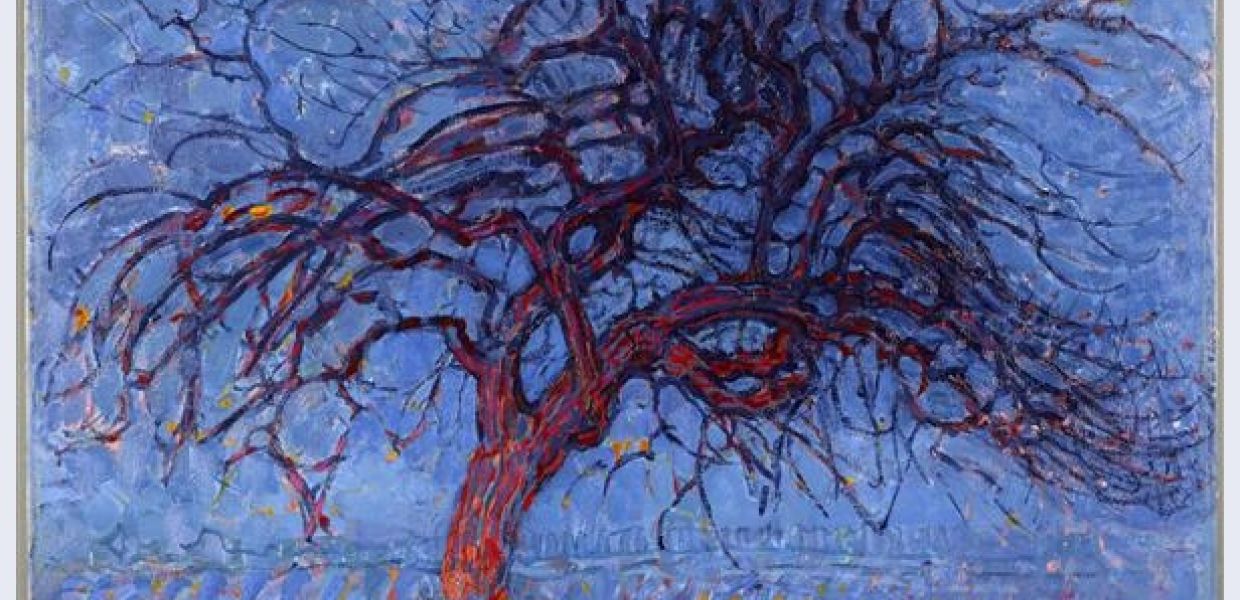Choosing a country's artworks for Europeana 280: the Netherlands

Continuing our weekly series exploring each country's nominations for Europeana 280, Ann Maher, Europeana 280's Exhibition Coordinator, looks at the Netherlands' selections.
Rembrandt and Van Gogh regularly feature in Europeana’s lists of most popular searches. Over 180,000 images from the Rijksmuseum alone can be accessed and downloaded in the highest resolution possible, without copyright restrictions. So when it came to making its nominations for the Europeana 280 collection, the Netherlands decided to draw attention to some less well-known treasures alongside its masterpieces.
“We didn’t want a limited selection or exclusive ‘canon’ of Dutch art,” explained Robert Verhoogt, from the Dutch Ministry of Education, Culture and Science that coordinated the nominations together with the Dutch Cultural Heritage Agency. “We aimed to take a more inclusive approach in order to promote and stimulate access to digital art in the context of Europeana”.
From the beginning, the selection aimed to be a broad one: “To start our contribution for Europeana we looked for interesting works by famous and less famous Dutch artists in our history of art”, continued Verhoogt. “Of course we selected a few iconic works like Rembrandt’s Nightwatch and Vermeer’s Little Street, from the Rijksmuseum. They are part of the world’s collective art history”. But the nominations also include less internationally known artists like the fifteenth-century sculptor Jan van Steffenswert, a selection from the Bonnefantenmuseum, Maastricht and also from the Rijksmuseum, the modern artist and photographer George Hendrik Breitner.
Situated largely below sea level, the unique, man-made Dutch landscape - “probably our largest cultural artifact” – according to Verhoogt - is a very important motif in Dutch art. “Ever since our famous landscape painters of the seventeenth century, like Ruysdael and Van Goyen, our landscape inspired the artistic imagination of generations of Dutch and foreign artists from all over the world.”

Avond (Evening): The red tree (1908-1910), Piet Mondriaan, Gemeentemuseum Den Haag, CC BY. This painting of an apple tree from the Zeeland coastal resort of Domburg marks a break with Piet Mondriaan’s earlier work and signals his first steps towards abstraction.
The red tree
One nomination that deserves special consideration is a vivid work from Piet Mondriaan, Evening: the red tree, from the Gemeentemuseum, Den Haag. With almost 300 works, the Museum’s collection covers every phase of Mondriaan’s work. “Piet Mondriaan can be considered one of the most influential modern artists of the twentieth century”, according to Verhoogt: “Influenced by Dutch impressionism and naturalism of the Hague School he was inspired by Dutch landscape too. From 1898 he wandered around the city of Amsterdam to paint the polders and the glimmering reflections of light and water.”
After 1900 Mondriaan was more and more inspired by new aesthetic ideas of the international avant garde: “Exhibitions with works by Vincent van Gogh, Jan Toorop and Jan Sluijters opened his eyes to new ways of seeing. Rooted in the Dutch landscape tradition Mondriaan started to experiment with color and new ways of expression.” In1908, he painted Evening: red tree, which showed his new approach. “On the one hand it’s still rooted in the naturalistic landscape tradition, on the other hand it shows his creative imagination looking for abstraction,” explains Verhoogt. “It paved the way to the ideas of De Stijl and the modern abstract art of the European avant-garde.”
In 1911, Mondriaan moved to Paris, which marked the beginning of further profound changes in his work.
Sharing art in the digital world
It’s a beautiful painting that marks an interesting starting point for the Dutch contribution to the Europeana 280 project, reflected Verhoogt: “It’s rooted in our history of art and our Dutch landscape tradition, but at the same time, it shows the fascinating engagement with other artistic influences from the international avant-garde around 1900.”
“In sharing this painting with Europeana we want to do the same and join this European project. Rooted in our Dutch cultural tradition, looking forward to new artistic discoveries and new horizons and sharing our cultural artifacts in the digital world.”
We hope you're enjoying the magnificent art selected for the Europeana 280 campaign via Europeana Art History Collection, our virtual exhibition or at one of our public digital events. In the meantime, follow the conversation on Twitter via #Europeana280.
